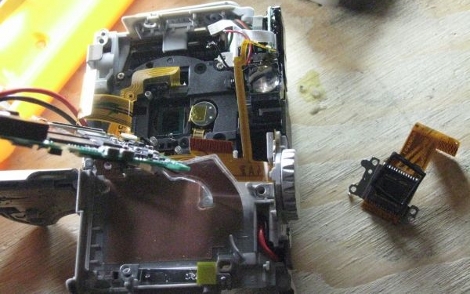Inspired by the successful Kinect bounty put out by Adafruit, [gallamine] of the RobotBox community has posted his own $200 $400 bounty for the first person who can hack the scanning LIDAR from Neato Robotic’s XV-11 vacuumbot. This sensor would be particularly useful to any robotic makers out there, because even the full retail price of the vacuum is less than the cost of most standalone LIDAR units, which often run upwards of $1000. The bounty seems to be growing every day, starting out at $200, and doubling thanks to a couple of other interested parties.
Luckily, from what we hear, the sensor was never made to be hack-proof (and perhaps even secretly hack friendly?), seeing as one of the prime developers of the sensor is a member of a certain Home Brew Robotics Club. We love it when companies are nice to hackers, and we hope to see more examples of this in the future. Not sure what the XV-11 is? Be sure to check out the video after the break for info about the vacuum and its scanning LIDAR.
Continue reading “Newest Hardware Bounty, The Open Lidar Project” →


















